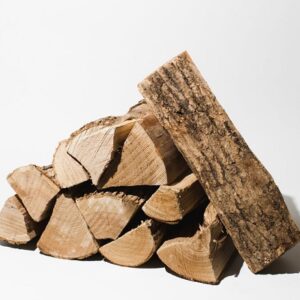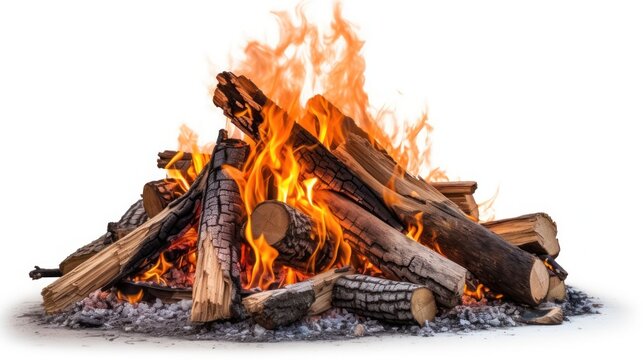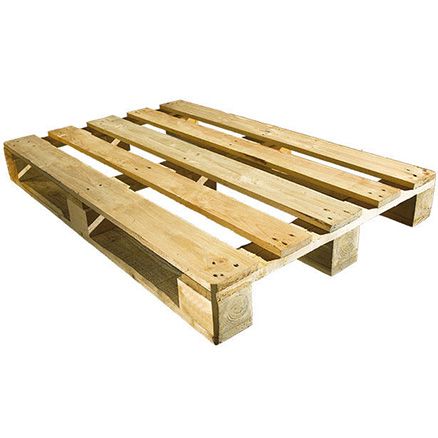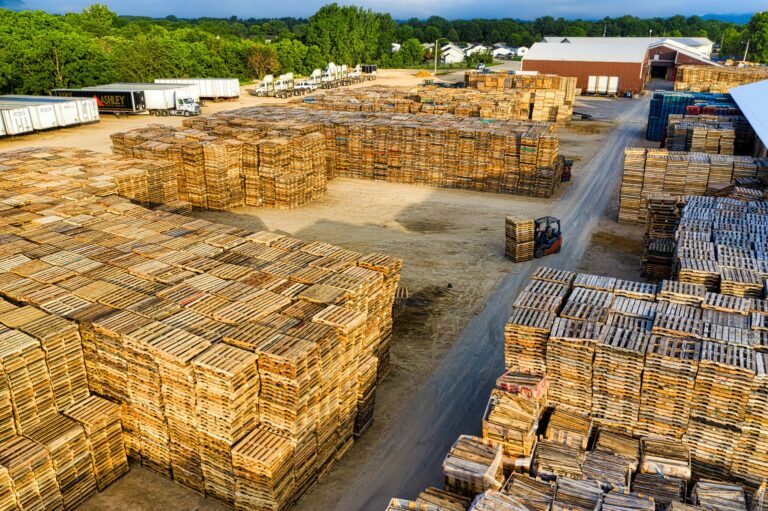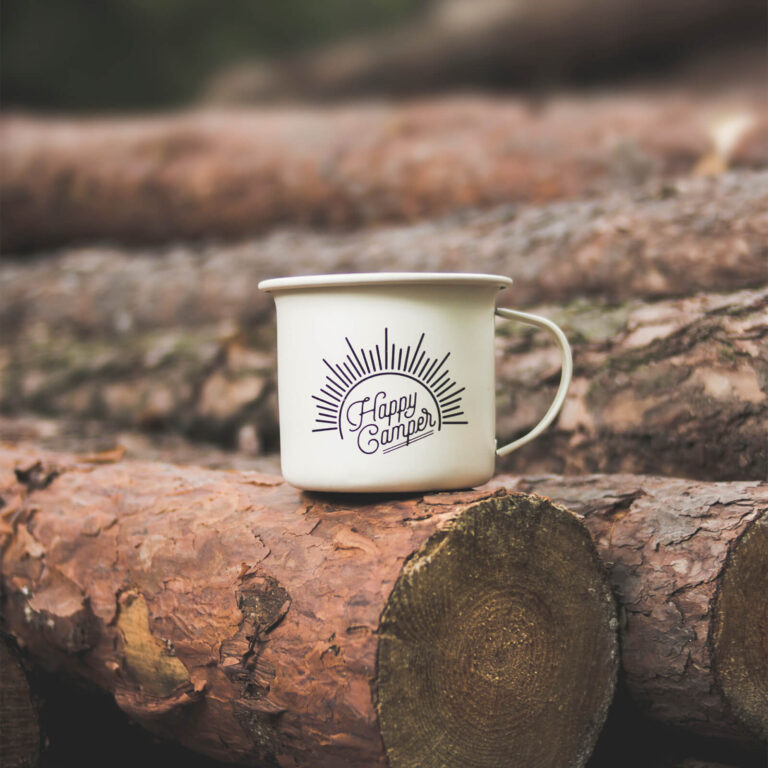Everything You Need to Know Before Purchasing Firewood
When it comes to keeping your home warm, creating the perfect campfire, or fueling a wood-burning stove, choosing the right firewood is essential. Firewood is not simply logs; it is a crucial energy source that can significantly affect heat output, cost, and even safety. In this guide, we provide you with everything you need to know before purchasing firewood, from understanding types of wood to storage, pricing, and avoiding common pitfalls.
Types of Firewood: Hardwood vs. Softwood
One of the first considerations when buying firewood is whether to choose hardwood or softwood. Each has distinct advantages depending on your heating needs.
- Hardwood Firewood:
Hardwoods such as oak, maple, ash, and hickory are denser, which means they burn longer and produce more consistent heat. They are the best choice for home heating and long winter nights. Hardwood creates hot coals that sustain warmth even after the flames have died down. - Softwood Firewood:
Softwoods like pine, spruce, and fir ignite quickly, making them excellent for kindling or shorter burns. However, they burn faster and cooler compared to hardwoods. Softwoods are ideal for outdoor campfires, quick cooking fires, or when you need a rapid flame.
When purchasing firewood, always consider what you need it for. If it’s for long-term heating, hardwood is your best investment.
Seasoned vs. Green Firewood
The moisture content of firewood has a huge impact on its efficiency.
- Seasoned Firewood: Properly seasoned wood has been cut, split, and dried for at least six months to a year. This process lowers its moisture content to around 20% or less. Seasoned wood burns hotter, cleaner, and produces less creosote buildup in your chimney.
- Green Firewood: Freshly cut wood (green wood) can contain up to 50% water, making it difficult to burn. It produces excess smoke, poor heat, and leads to dangerous creosote accumulation. Burning green wood is both inefficient and unsafe.
Always ask your supplier whether the firewood has been properly seasoned. If unsure, you can test it yourself: seasoned wood is lighter, makes a hollow sound when knocked, and often has visible cracks at the ends.
How to Measure Firewood Correctly
Understanding firewood measurements is crucial to ensure you get what you pay for. Firewood is commonly sold in:
- Full Cord: A full cord is a stack measuring 4 feet high, 4 feet wide, and 8 feet long (128 cubic feet). This is the standard measure recognized by law in most regions.
- Face Cord (or Rick): This is a stack that is 4 feet high and 8 feet long, but the depth depends on the log length (commonly 16 inches). A face cord is usually about one-third of a full cord.
- Bundles: Small pre-wrapped bundles are convenient for campers or homeowners needing a small amount of wood, but they are far more expensive per volume.
Be cautious of vague terms like “truckload” or “pile,” as these are not standardized. Always confirm whether the price reflects a full cord or face cord.
Best Firewood for Home Heating
Not all wood species are equal when it comes to heating efficiency. Here are the top choices:
- Oak: Long burn time, excellent heat output, reliable coals.
- Hickory: Very high heat, dense wood, produces strong coals.
- Maple: Burns hot and steady, ideal for stoves and fireplaces.
- Birch: Lights easily, gives off good heat, but burns faster than oak.
- Ash: Burns well even when green, but best when seasoned.
For the best results, many homeowners mix hardwoods and softwoods, using softwood for kindling and hardwood for long burns. Buy fire Wood
How to Spot Quality Firewood
When buying, it’s important to assess whether the wood is truly ready to burn. High-quality firewood should:
- Be cut into uniform lengths (usually 16–18 inches).
- Show cracks at the ends (a sign of seasoning).
- Feel lighter than freshly cut logs.
- Have a hollow sound when knocked together.
- Smell woody rather than damp or sappy.
Avoid firewood that feels damp, has mold or fungus growth, or is not split, as these are signs of green or poorly seasoned wood.
Common Scams to Avoid When Buying Firewood
Unfortunately, firewood is often sold incorrectly, leaving customers short-changed. Here are red flags to watch out for:
- Sellers using terms like “truckload” without specifying volume.
- Firewood that looks freshly cut but is sold as seasoned.
- Prices that seem too good to be true (likely green or low-quality wood).
- Firewood mixed with scraps, branches, or debris.
Always buy from a reputable wood supplier and confirm volume and seasoning before payment.
Firewood Prices: What to Expect
Prices vary based on location, wood type, and availability. On average:
- Hardwood cord: $200–$400 depending on region.
- Softwood cord: $150–$250.
- Bundles: $5–$10 each at convenience stores or campsites.
Buying in bulk directly from a supplier is always more cost-effective than purchasing bundles. Also, prices tend to rise in peak winter, so stocking up in spring or summer can save you money.
